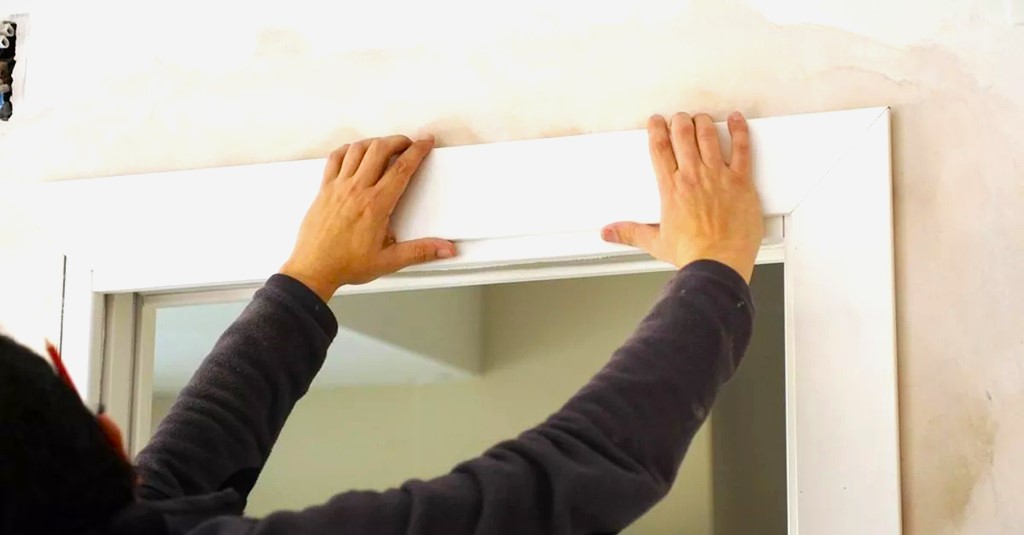
Doors are an integral part of any home, but over time the door frame can suffer various forms of damage. From everyday wear and tear to more serious issues like rot or a forceful kick-in, a damaged door frame compromises security, energy efficiency, and the overall look of your home.
Fortunately, with the right tools, knowledge, and a little effort, you can fix many door frame problems yourself. In this article, we’ll cover everything you need to know:
Identifying the Type of Damage
Before embarking on repairs, it’s crucial to diagnose the issue correctly:
- Minor dents and scratches: These are mainly cosmetic and easiest to fix.
- Warping: Caused by moisture or age, a warped frame can make it difficult to close the door snugly.
- Rot: Typically occurs at the base of the frame due to water exposure. Rotted wood is soft and crumbly.
- Split jamb: A split door jamb is often the result of a forced entry.
- Loose hinges: Can be caused by worn screws holes or misalignment of the hinges.
The Tools You’ll Need
Here’s a basic list of tools and materials likely needed for most common door frame repairs:
- Hammer
- Screwdriver (both flathead and Phillips)
- Chisel
- Drill with various bits
- Handsaw or reciprocating saw
- Pry bar
- Utility knife
- Tape measure
- Level
- Putty knife
- Wood filler or epoxy putty
- Wood glue
- Sandpaper (various grits)
- Paint or stain (to match existing finish)
- Replacement wood (if necessary)
- Shims
Safety First: Always wear safety glasses and gloves when working with power tools and wood. If your damage involves rot, consider wearing a dust mask.
Step-by-Step Guide to Fixing Different Types of Damage

1. Fixing Minor Dents and Scratches
- Clean the area: Wipe away dust and debris.
- Fill with wood filler: Apply a slightly larger amount than needed to account for shrinkage.
- Smooth and allow to dry: Use a putty knife to shape and level the filler. Let it dry completely.
- Sand the surface: Start with medium-grit sandpaper and progress to fine-grit to blend the patch.
- Paint or stain to match: Use the same color as your door frame. Apply several thin coats for best results.
2. Repairing a Warped Door Frame
- Remove the door: Take the door off its hinges.
- Identify the warped area(s): Look for gaps between the door and the frame.
- Realign the jamb: Use a rubber mallet to gently tap the warped section back into place. Use a level to ensure it’s straight.
- Add shims if needed: Insert shims behind the jamb to provide additional support and prevent re-warping.
- Re-attach the door: Ensure it opens and closes smoothly.
3. Dealing with Rot
- Assess the extent: Poke suspected rotted areas with the tip of a screwdriver. Softness indicates rot.
- Remove the rotten wood: Use a chisel and hammer to carefully remove all affected wood.
- Treat the area: Apply a wood hardener for minor cases or an epoxy consolidant for deeper rot.
- Fill in the gaps: Use wood filler or epoxy putty to rebuild the damaged sections.
- Sand, prime, and paint: After the putty has dried, create a smooth surface and protect with primer and paint.
Related: Design Tips for a Statement-Making Front Door
4. Fixing a Split Jamb
- Secure the frame: Use screws and reinforcing plates (if available) to secure the split sections.
- Fill in the gaps: Use wood filler or epoxy putty.
- Sand, prime, and paint: Once everything is completely dry.
5. Addressing Loose Hinges
- Tighten existing screws: If the holes are not stripped, this might be enough.
- Use longer screws: Replace the old screws with ones that penetrate the framing behind the jamb.
- Use wood filler: If screw holes are severely stripped, fill with wood filler or epoxy. Let dry, then re-drill pilot holes, and attach the hinges.
When to Call a Professional
While many door frame repairs are DIY-friendly, certain cases warrant professional help:
- Extensive structural damage: Severely split jambs or foundational rot might require full frame replacement.
- Historical homes: Repairs on older homes often need to adhere to specific preservation requirements.
- Uncertainty: If you feel unsure about the extent of damage or the right repair method, don’t hesitate to consult a carpenter.
Conclusion
Fixing a damaged door frame not only improves your home’s appearance but also ensures the security and energy efficiency of your door. With basic carpentry skills, the right tools, and the guidance provided in this article, you can tackle a wide range of common door frame repairs. Remember, patience is key, and don’t hesitate to seek professional advice if the damage seems beyond your skill level. By following these steps, you can restore your door frame to its proper function and maintain the integrity of your home.







